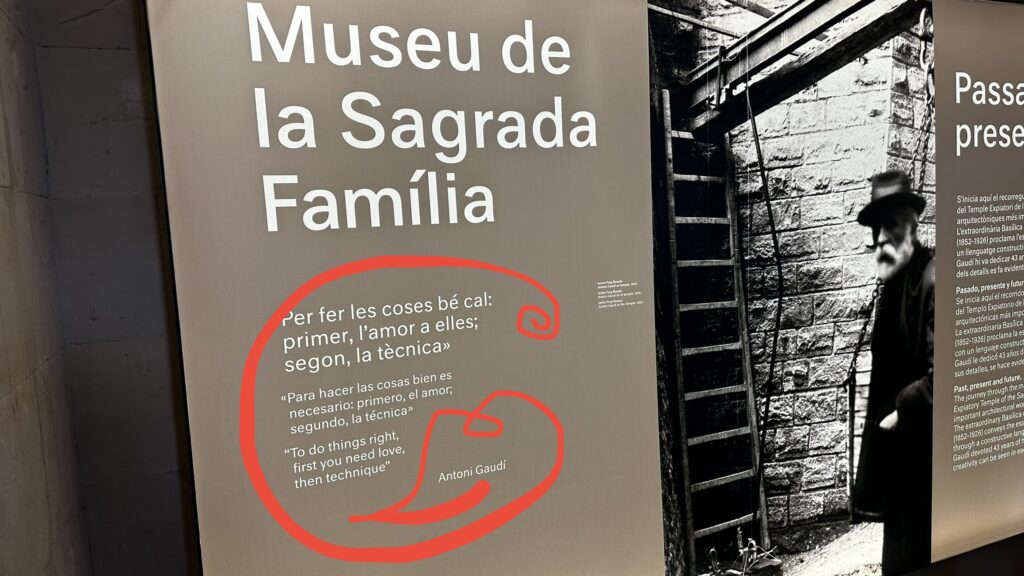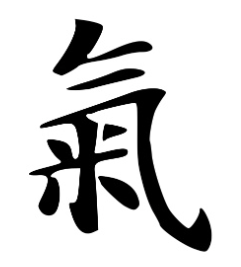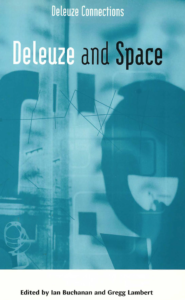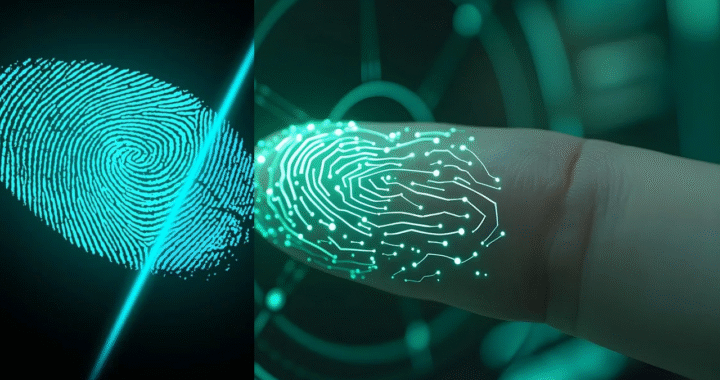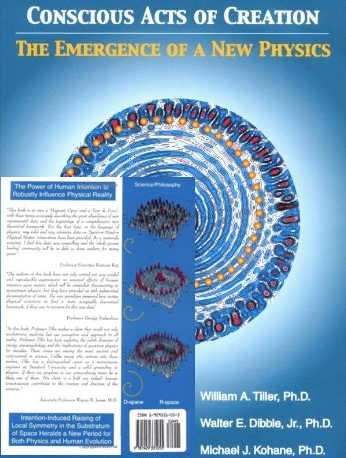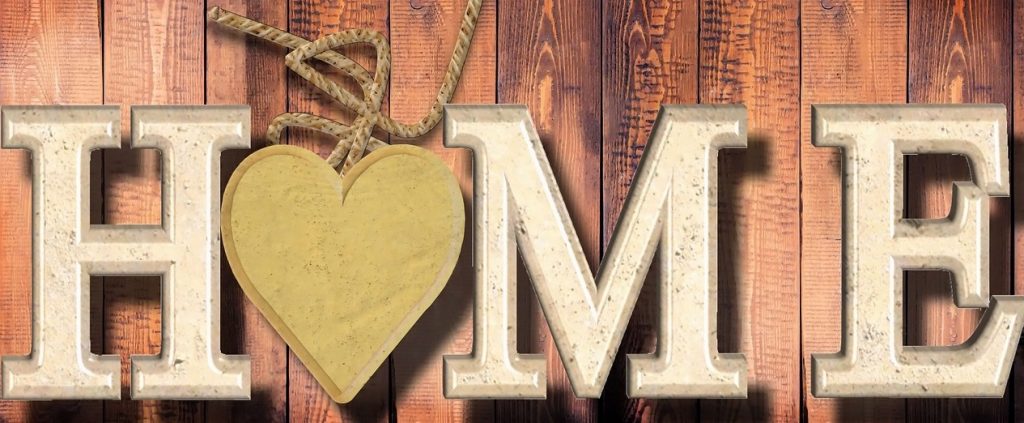|
Year |
Associated
Element |
Heavenly
Stem |
Earthly
Branch |
Associated
Animal |
Year |
| 1924–1983 |
1984–2043 |
| 1 |
Feb 5, 1924 – Jan 23, 1925 |
Yang Wood |
甲 |
子 |
鼠 Rat |
Feb 2, 1984 – Feb 19, 1985 |
| 2 |
Jan 24, 1925 – Feb 12, 1926 |
Yin Wood |
乙 |
丑 |
牛 Ox |
Feb 20, 1985 – Feb 8, 1986 |
| 3 |
Feb 13, 1926 – Feb 1, 1927 |
Yang Fire |
丙 |
寅 |
虎 Tiger |
Feb 9, 1986 – Jan 28, 1987 |
| 4 |
Feb 2, 1927 – Jan 22, 1928 |
Yin Fire |
丁 |
卯 |
兔 Rabbit |
Jan 29, 1987 – Feb 16, 1988 |
| 5 |
Jan 23, 1928 – Feb 9, 1929 |
Yang Earth |
戊 |
辰 |
龍 Dragon |
Feb 17, 1988 – Feb 5, 1989 |
| 6 |
Feb 10, 1929 – Jan 29, 1930 |
Yin Earth |
己 |
巳 |
蛇 Snake |
Feb 6, 1989 – Jan 26, 1990 |
| 7 |
Jan 30, 1930 – Feb 16, 1931 |
Yang Metal |
庚 |
午 |
馬 Horse |
Jan 27, 1990 – Feb 14, 1991 |
| 8 |
Feb 17, 1931 – Feb 5, 1932 |
Yin Metal |
辛 |
未 |
羊 Goat |
Feb 15, 1991 – Feb 3, 1992 |
| 9 |
Feb 6, 1932 – Jan 25, 1933 |
Yang Water |
壬 |
申 |
猴 Monkey |
Feb 4, 1992 – Jan 22, 1993 |
| 10 |
Jan 26, 1933 – Feb 13, 1934 |
Yin Water |
癸 |
酉 |
鷄 Rooster |
Jan 23, 1993 – Feb 9, 1994 |
| 11 |
Feb 14, 1934 – Feb 3, 1935 |
Yang Wood |
甲 |
戌 |
狗 Dog |
Feb 10, 1994 – Jan 30, 1995 |
| 12 |
Feb 4, 1935 – Jan 23, 1936 |
Yin Wood |
乙 |
亥 |
猪 Pig |
Jan 31, 1995 – Feb 18, 1996 |
| 13 |
Jan 24, 1936 – Feb 10, 1937 |
Yang Fire |
丙 |
子 |
鼠 Rat |
Feb 19, 1996 – Feb 6, 1997 |
| 14 |
Feb 11, 1937 – Jan 30, 1938 |
Yin Fire |
丁 |
丑 |
牛 Ox |
Feb 7, 1997 – Jan 27, 1998 |
| 15 |
Jan 31, 1938 – Feb 18, 1939 |
Yang Earth |
戊 |
寅 |
虎 Tiger |
Jan 28, 1998 – Feb 15, 1999 |
| 16 |
Feb 19, 1939 – Feb 7, 1940 |
Yin Earth |
己 |
卯 |
兔 Rabbit |
Feb 16, 1999 – Feb 4, 2000 |
| 17 |
Feb 8, 1940 – Jan 26, 1941 |
Yang Metal |
庚 |
辰 |
龍 Dragon |
Feb 5, 2000 – Jan 23, 2001 |
| 18 |
Jan 27, 1941 – Feb 14, 1942 |
Yin Metal |
辛 |
巳 |
蛇 Snake |
Jan 24, 2001 – Feb 11, 2002 |
| 19 |
Feb 15, 1942 – Feb 4, 1943 |
Yang Water |
壬 |
午 |
馬 Horse |
Feb 12, 2002 – Jan 31, 2003 |
| 20 |
Feb 5, 1943 – Jan 24, 1944 |
Yin Water |
癸 |
未 |
羊 Goat |
Feb 1, 2003 – Jan 21, 2004 |
| 21 |
Jan 25, 1944 – Feb 12, 1945 |
Yang Wood |
甲 |
申 |
猴 Monkey |
Jan 22, 2004 – Feb 8, 2005 |
| 22 |
Feb 13, 1945 – Feb 1, 1946 |
Yin Wood |
乙 |
酉 |
鷄 Rooster |
Feb 9, 2005 – Jan 28, 2006 |
| 23 |
Feb 2, 1946 – Jan 21, 1947 |
Yang Fire |
丙 |
戌 |
狗 Dog |
Jan 29, 2006 – Feb 17, 2007 |
| 24 |
Jan 22, 1947 – Feb 9, 1948 |
Yin Fire |
丁 |
亥 |
猪 Pig |
Feb 18, 2007 – Feb 6, 2008 |
| 25 |
Feb 10, 1948 – Jan 28, 1949 |
Yang Earth |
戊 |
子 |
鼠 Rat |
Feb 7, 2008 – Jan 25, 2009 |
| 26 |
Jan 29, 1949 – Feb 16, 1950 |
Yin Earth |
己 |
丑 |
牛 Ox |
Jan 26, 2009 – Feb 13, 2010 |
| 27 |
Feb 17, 1950 – Feb 5, 1951 |
Yang Metal |
庚 |
寅 |
虎 Tiger |
Feb 14, 2010 – Feb 2, 2011 |
| 28 |
Feb 6, 1951 – Jan 26, 1952 |
Yin Metal |
辛 |
卯 |
兔 Rabbit |
Feb 3, 2011 – Jan 22, 2012 |
| 29 |
Jan 27, 1952 – Feb 13, 1953 |
Yang Water |
壬 |
辰 |
龍 Dragon |
Jan 23, 2012 – Feb 9, 2013 |
| 30 |
Feb 14, 1953 – Feb 2, 1954 |
Yin Water |
癸 |
巳 |
蛇 Snake |
Feb 10, 2013 – Jan 30, 2014 |
| 31 |
Feb 3, 1954 – Jan 23, 1955 |
Yang Wood |
甲 |
午 |
馬 Horse |
Jan 31, 2014 – Feb 18, 2015 |
| 32 |
Jan 24, 1955 – Feb 11, 1956 |
Yin Wood |
乙 |
未 |
羊 Goat |
Feb 19, 2015 – Feb 7, 2016 |
| 33 |
Feb 12, 1956 – Jan 30 1957 |
Yang Fire |
丙 |
申 |
猴 Monkey |
Feb 8, 2016 – Jan 27, 2017 |
| 34 |
Jan 31, 1957 – Feb 17, 1958 |
Yin Fire |
丁 |
酉 |
鷄 Rooster |
Jan 28, 2017 – Feb 15, 2018 |
| 35 |
Feb 18, 1958 – Feb 7, 1959 |
Yang Earth |
戊 |
戌 |
狗 Dog |
Feb 16, 2018 – Feb 4, 2019 |
| 36 |
Feb 8, 1959 – Jan 27, 1960 |
Yin Earth |
己 |
亥 |
猪 Pig |
Feb 5, 2019 – Jan 24, 2020 |
| 37 |
Jan 28, 1960 – Feb 14, 1961 |
Yang Metal |
庚 |
子 |
鼠 Rat |
Jan 25, 2020 – Feb 11, 2021 |
| 38 |
Feb 15, 1961 – Feb 4, 1962 |
Yin Metal |
辛 |
丑 |
牛 Ox |
Feb 12, 2021 – Jan 31, 2022 |
| 39 |
Feb 5, 1962 – Jan 24, 1963 |
Yang Water |
壬 |
寅 |
虎 Tiger |
Feb 1, 2022 – Jan 21, 2023 |
| 40 |
Jan 25, 1963 – Feb 12, 1964 |
Yin Water |
癸 |
卯 |
兔 Rabbit |
Jan 22, 2023 – Feb 9, 2024 |
| 41 |
Feb 13, 1964 – Feb 1, 1965 |
Yang Wood |
甲 |
辰 |
龍 Dragon |
Feb 10, 2024 – Jan 28, 2025 |
| 42 |
Feb 2, 1965 – Jan 20, 1966 |
Yin Wood |
乙 |
巳 |
蛇 Snake |
Jan 29, 2025 – Feb 16, 2026 |
| 43 |
Jan 21, 1966 – Feb 8, 1967 |
Yang Fire |
丙 |
午 |
馬 Horse |
Feb 17, 2026 – Feb 5, 2027 |
| 44 |
Feb 9, 1967 – Jan 29, 1968 |
Yin Fire |
丁 |
未 |
羊 Goat |
Feb 6, 2027 – Jan 25, 2028 |
| 45 |
Jan 30, 1968 – Feb 16, 1969 |
Yang Earth |
戊 |
申 |
猴 Monkey |
Jan 26, 2028 – Feb 12, 2029 |
| 46 |
Feb 17, 1969 – Feb 5, 1970 |
Yin Earth |
己 |
酉 |
鷄 Rooster |
Feb 13, 2029 – Feb 2, 2030 |
| 47 |
Feb 6, 1970 – Jan 26, 1971 |
Yang Metal |
庚 |
戌 |
狗 Dog |
Feb 3, 2030 – Jan 22, 2031 |
| 48 |
Jan 27, 1971 – Feb 14, 1972 |
Yin Metal |
辛 |
亥 |
猪 Pig |
Jan 23, 2031 – Feb 10, 2032 |
| 49 |
Feb 15, 1972 – Feb 2, 1973 |
Yang Water |
壬 |
子 |
鼠 Rat |
Feb 11, 2032 – Jan 30, 2033 |
| 50 |
Feb 3, 1973 – Jan 22, 1974 |
Yin Water |
癸 |
丑 |
牛 Ox |
Jan 31, 2033 – Feb 18, 2034 |
| 51 |
Jan 23, 1974 – Feb 10, 1975 |
Yang Wood |
甲 |
寅 |
虎 Tiger |
Feb 19, 2034 – Feb 7, 2035 |
| 52 |
Feb 11, 1975 – Jan 30, 1976 |
Yin Wood |
乙 |
卯 |
兔 Rabbit |
Feb 8, 2035 – Jan 27, 2036 |
| 53 |
Jan 31, 1976 – Feb 17, 1977 |
Yang Fire |
丙 |
辰 |
龍 Dragon |
Jan 28, 2036 – Feb 14, 2037 |
| 54 |
Feb 18, 1977 – Feb 6, 1978 |
Yin Fire |
丁 |
巳 |
蛇 Snake |
Feb 15, 2037 – Feb 3, 2038 |
| 55 |
Feb 7, 1978 – Jan 27, 1979 |
Yang Earth |
戊 |
午 |
馬 Horse |
Feb 4, 2038 – Jan 23, 2039 |
| 56 |
Jan 28, 1979 – Feb 15, 1980 |
Yin Earth |
己 |
未 |
羊 Goat |
Jan 24, 2039 – Feb 11, 2040 |
| 57 |
Feb 16, 1980 – Feb 4, 1981 |
Yang Metal |
庚 |
申 |
猴 Monkey |
Feb 12, 2040 – Jan 31, 2041 |
| 58 |
Feb 5, 1981 – Jan 24, 1982 |
Yin Metal |
辛 |
酉 |
鷄 Rooster |
Feb 1, 2041 – Jan 21, 2042 |
| 59 |
Jan 25, 1982 – Feb 12, 1983 |
Yang Water |
壬 |
戌 |
狗 Dog |
Jan 22, 2042 – Feb 9, 2043 |
| 60 |
Feb 13, 1983 – Feb 1, 1984 |
Yin Water |
癸 |
亥 |
猪 Pig |
Feb 10, 2043 – Jan 29, 2044 |
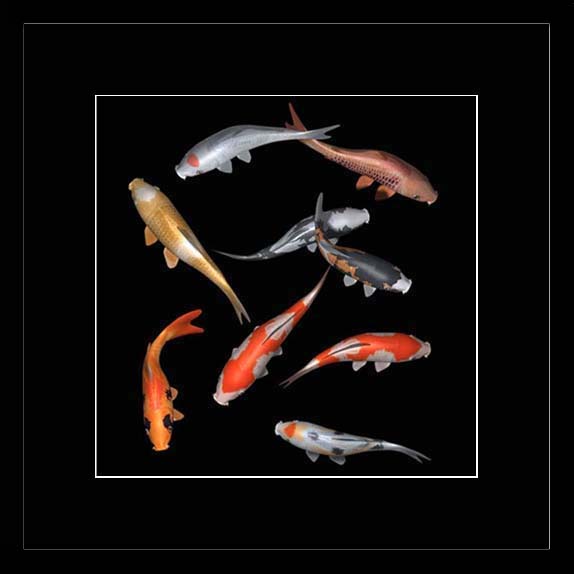


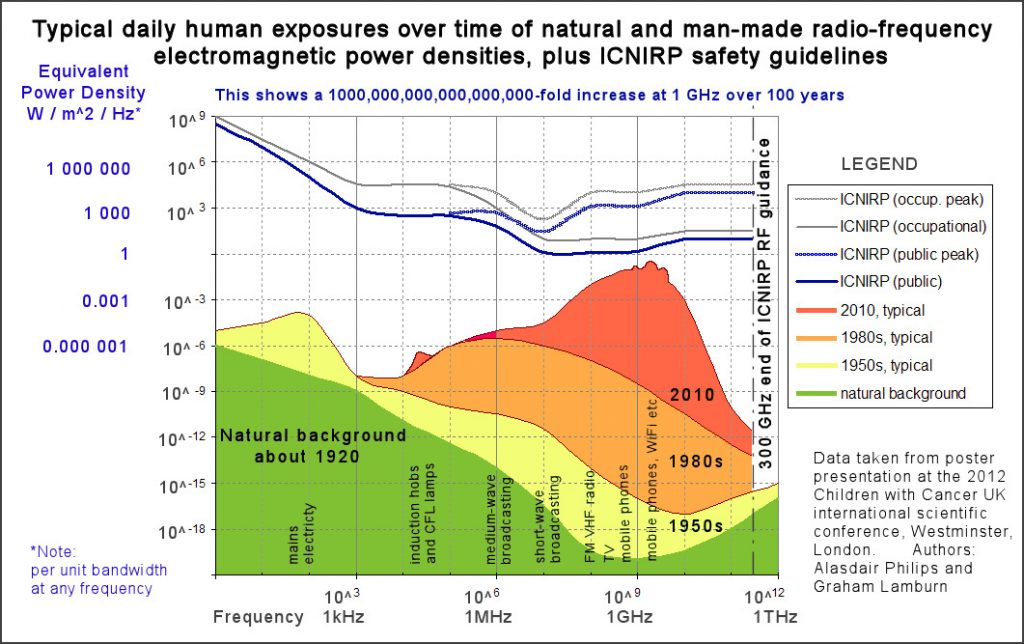





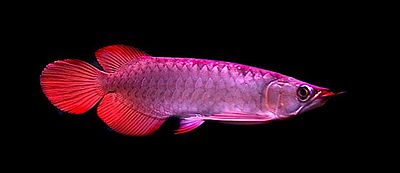

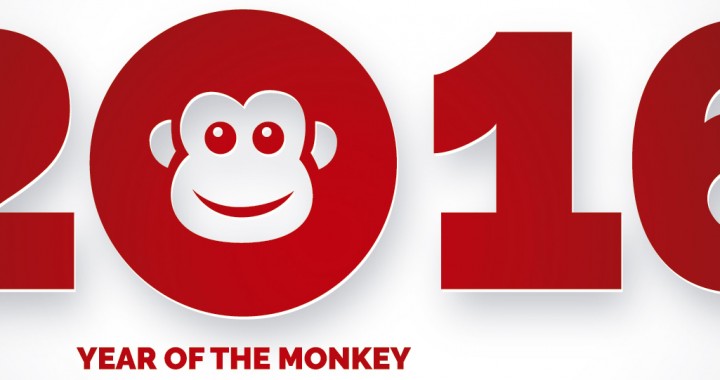
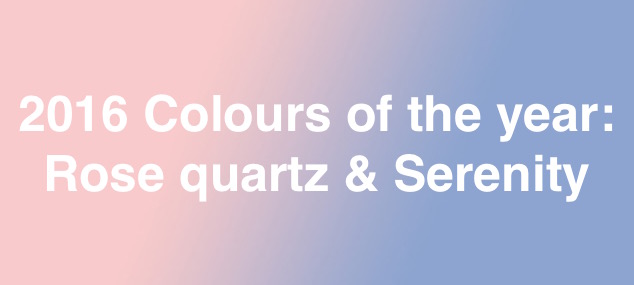
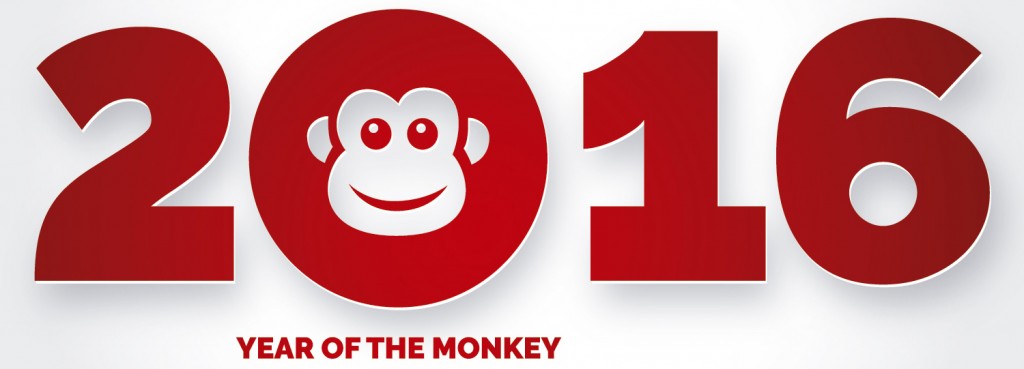
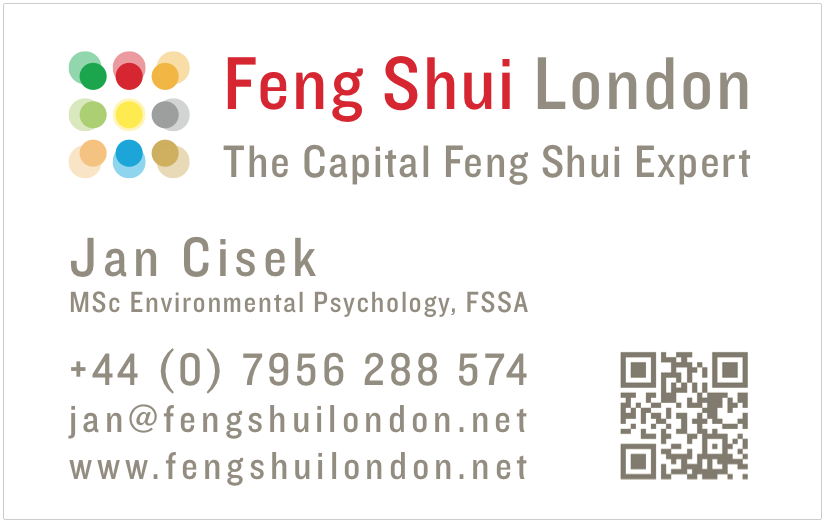
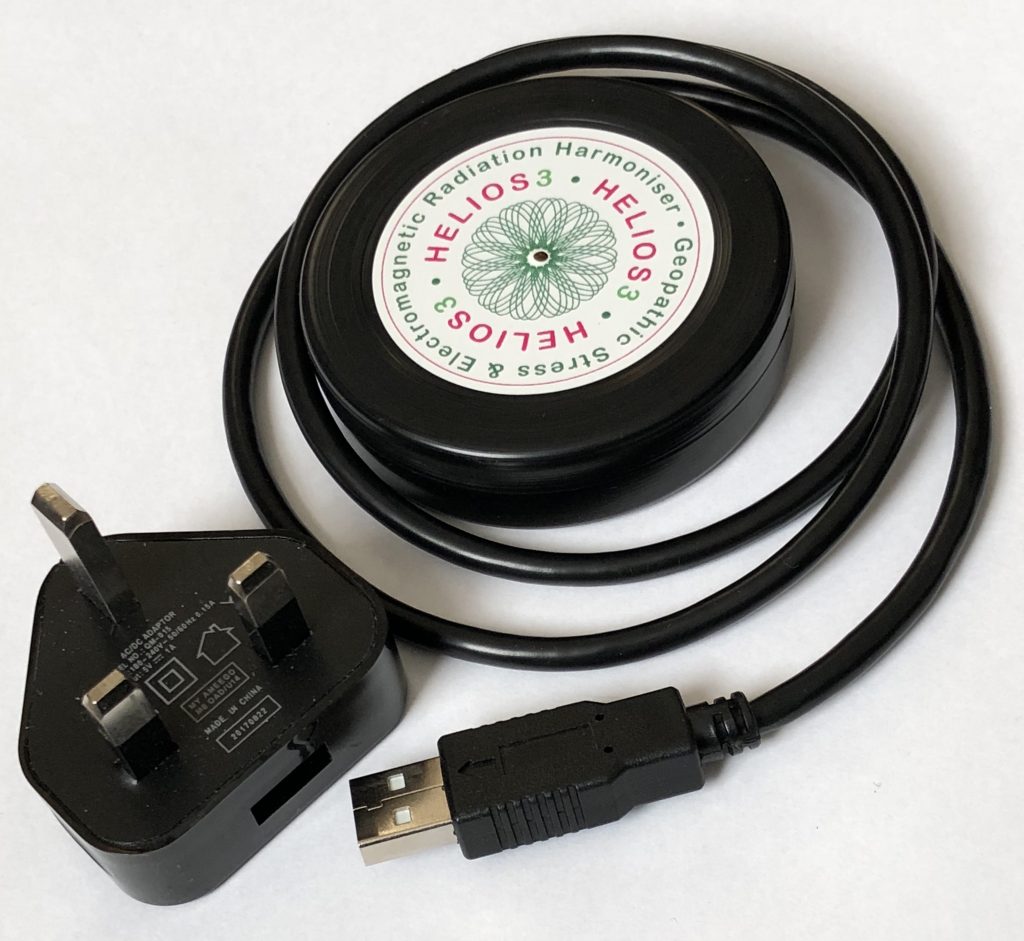


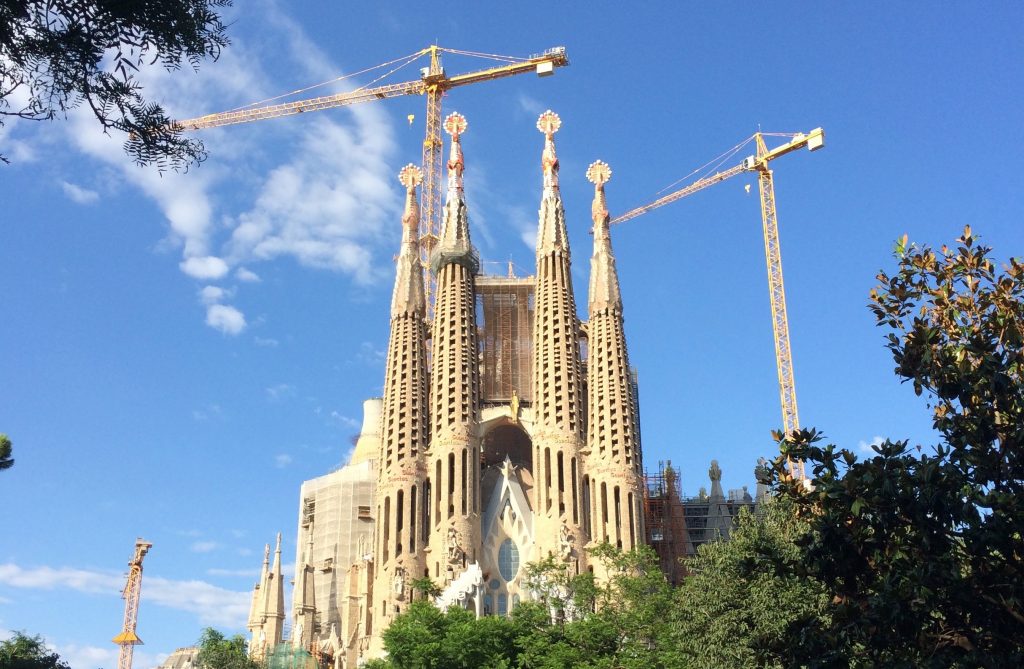



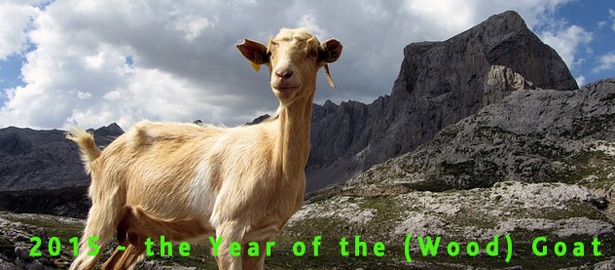



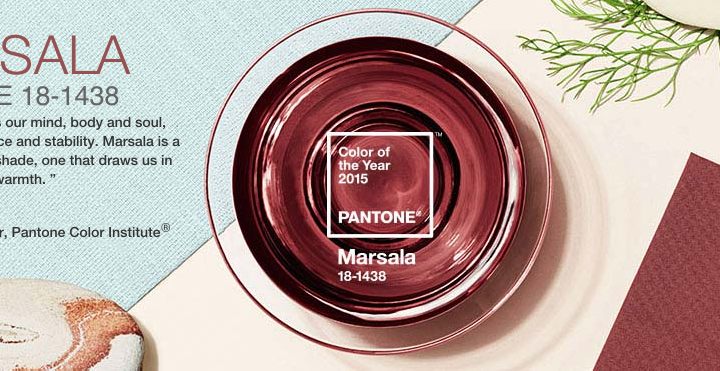
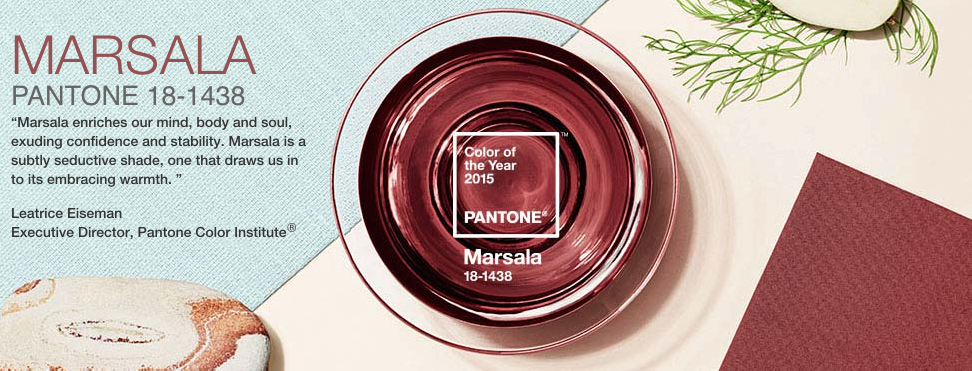
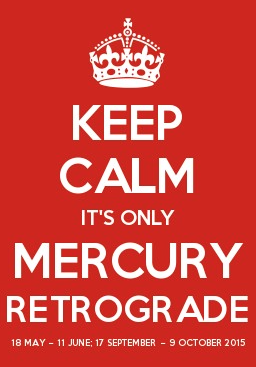

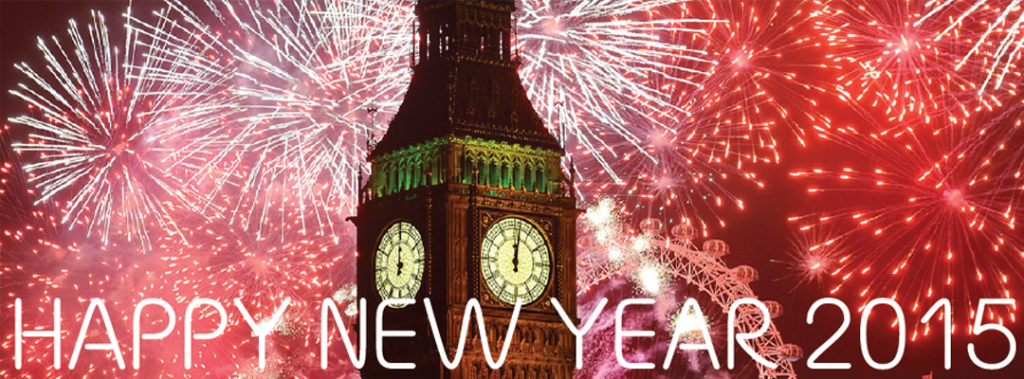



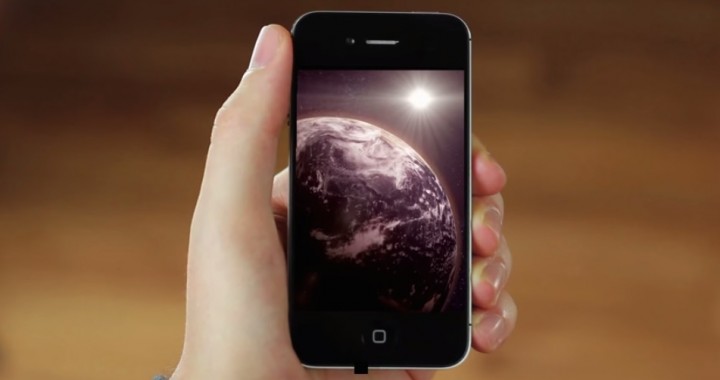
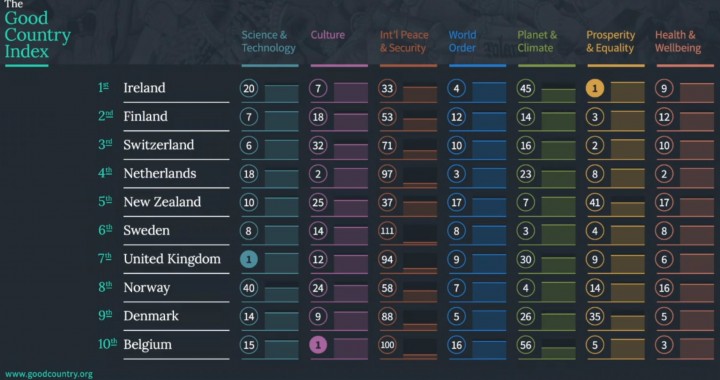


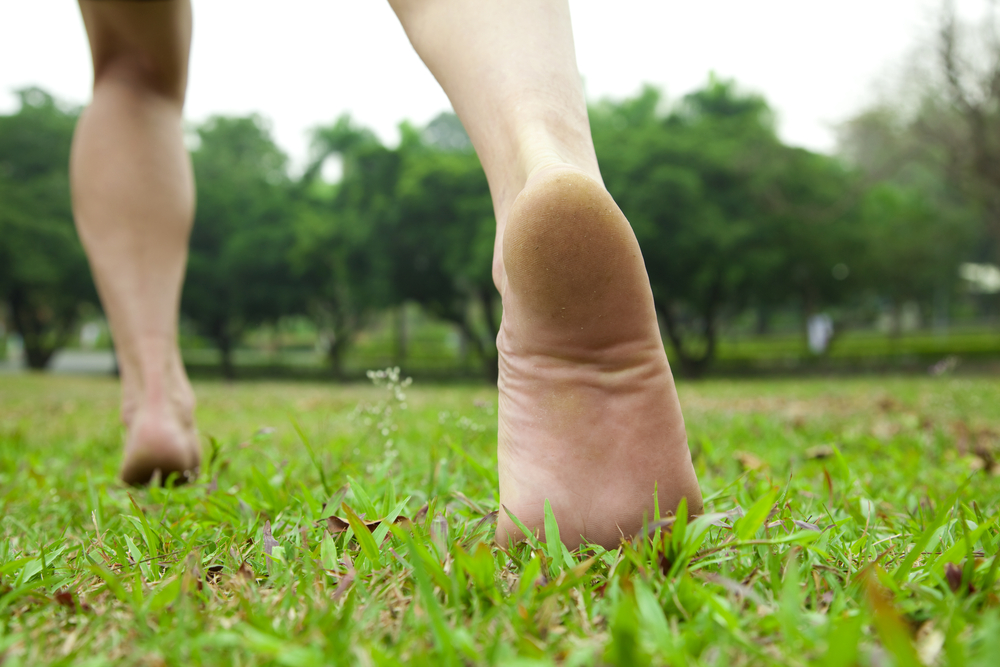
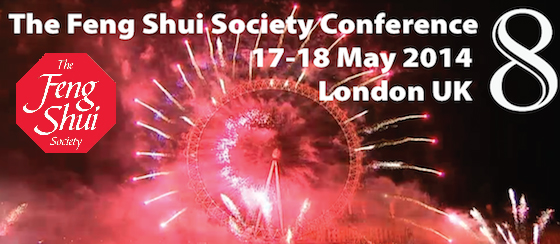
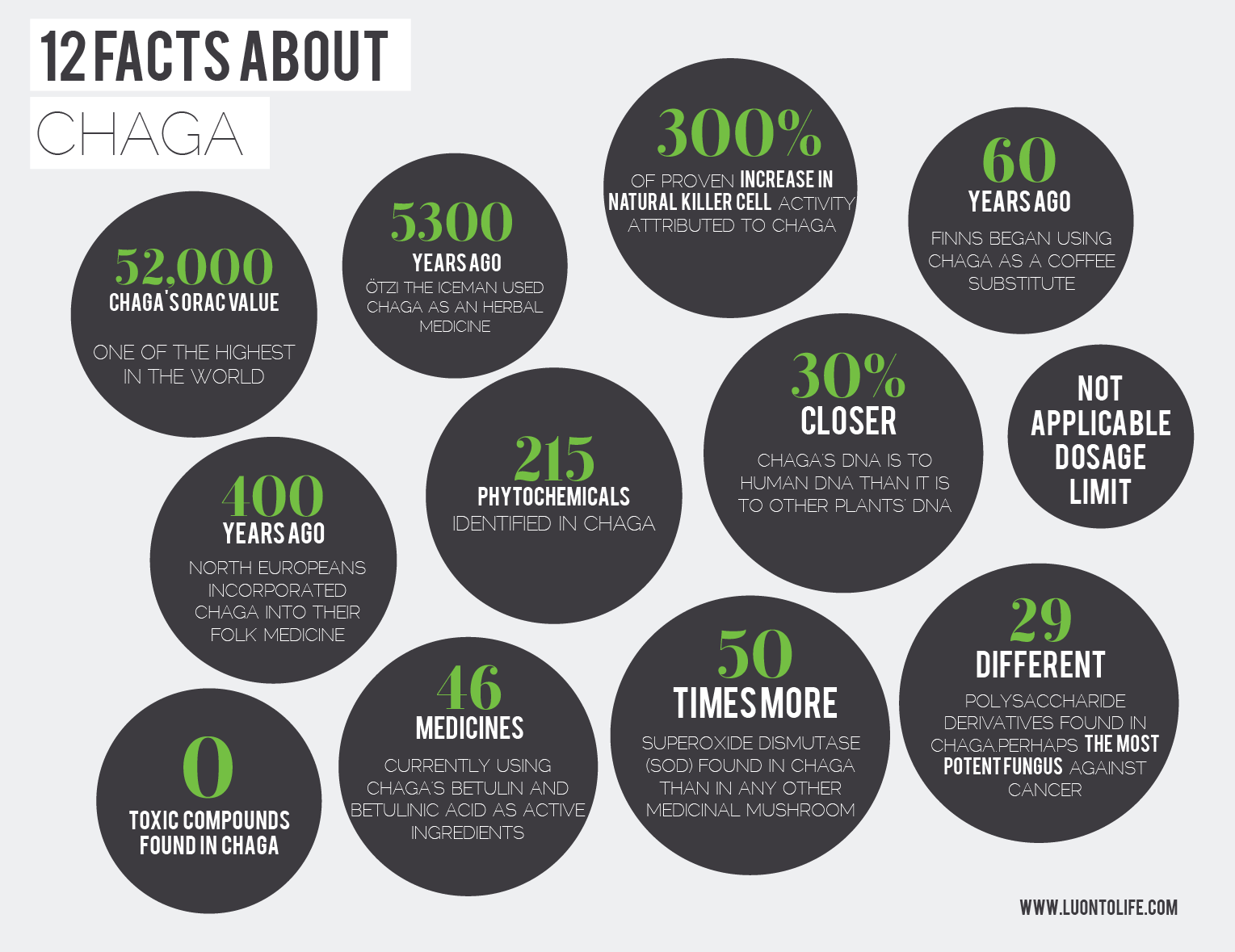

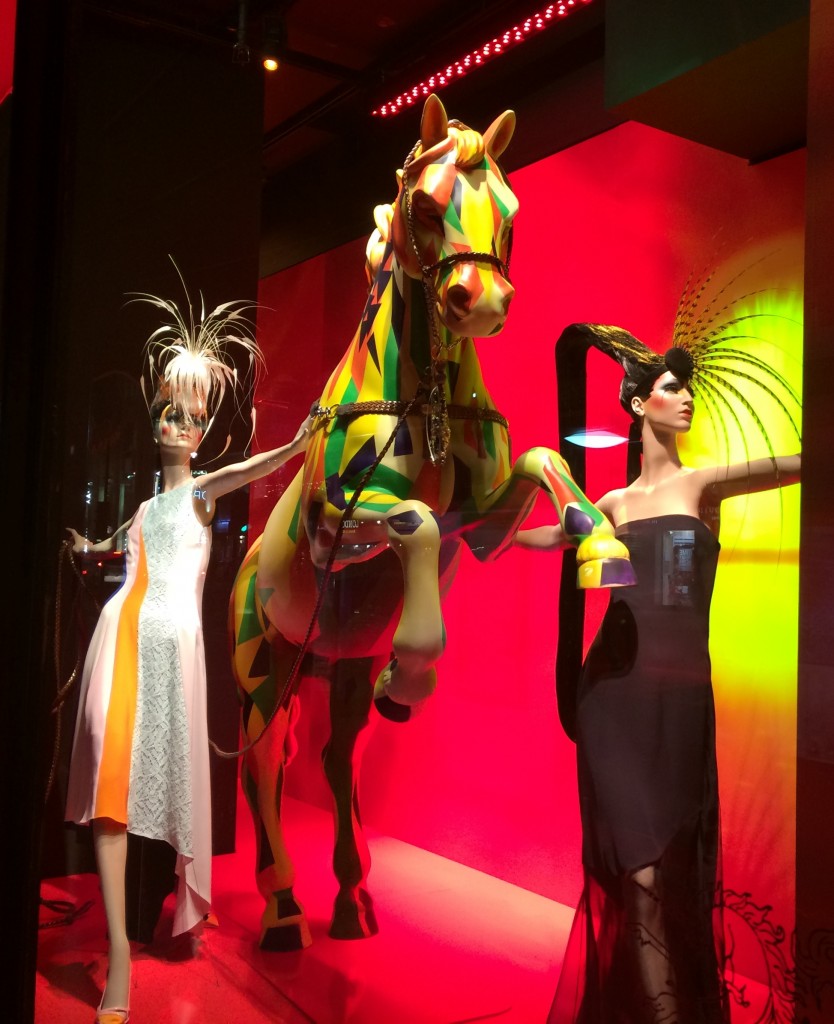


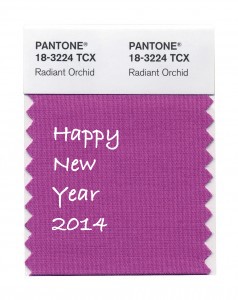
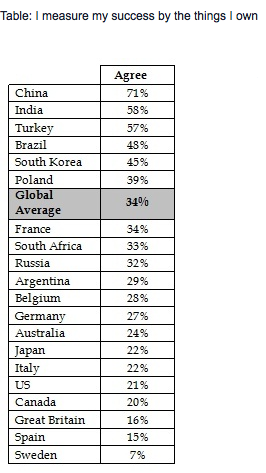
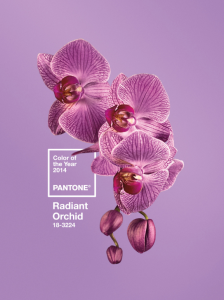

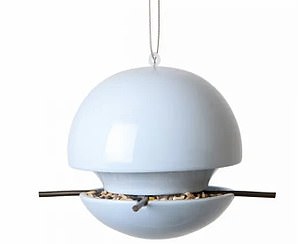
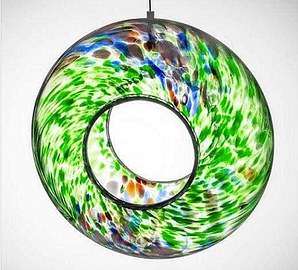
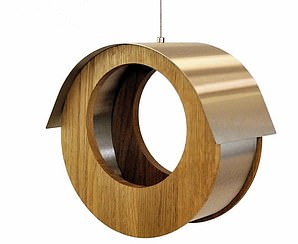
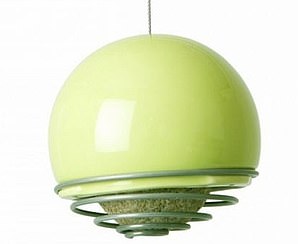
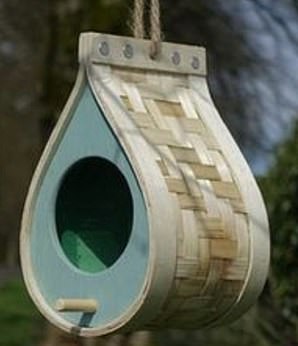
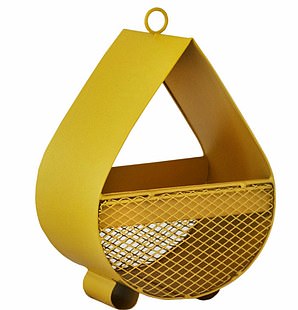
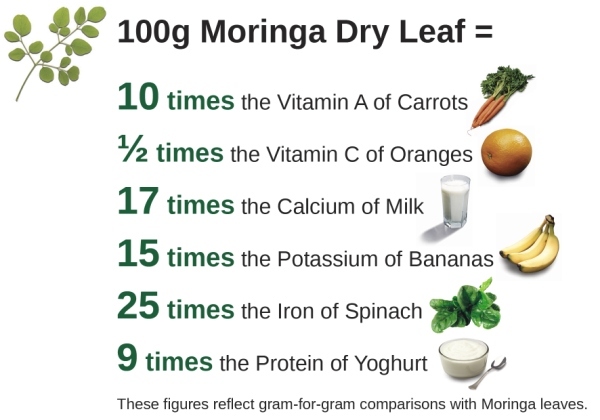
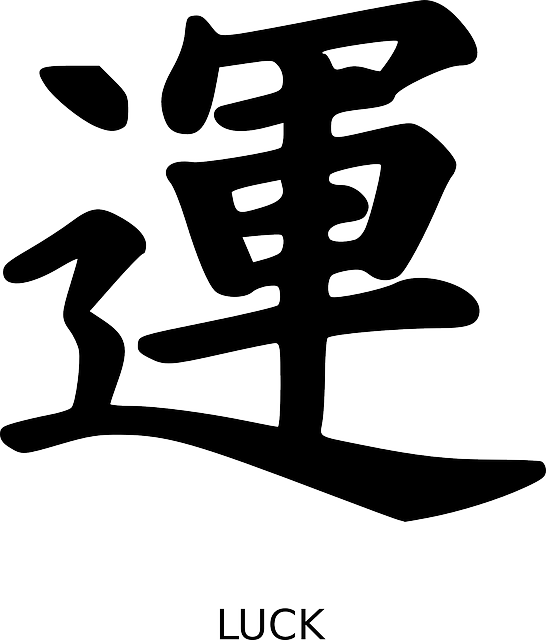
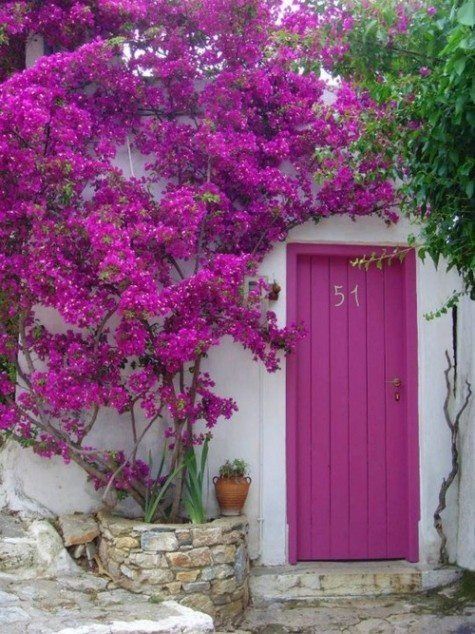


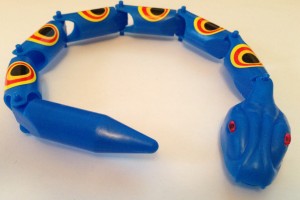


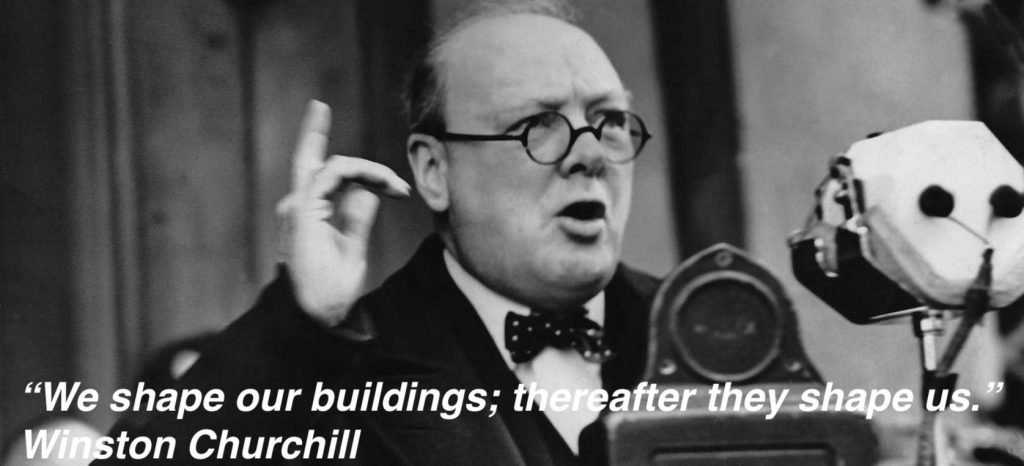




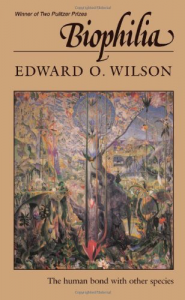
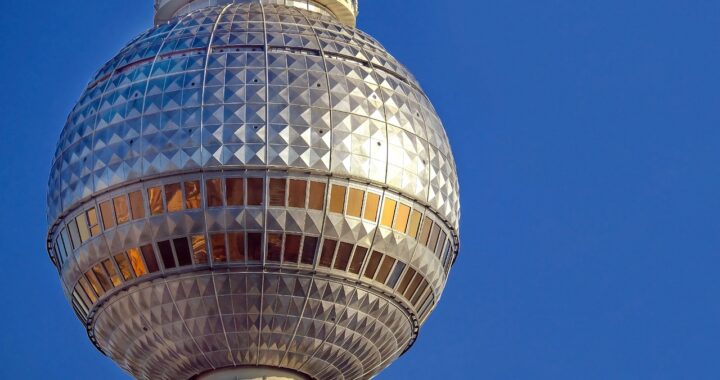




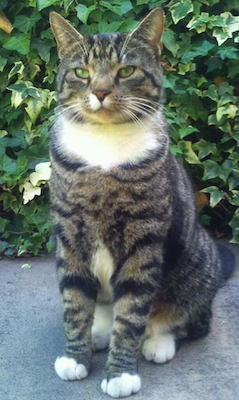


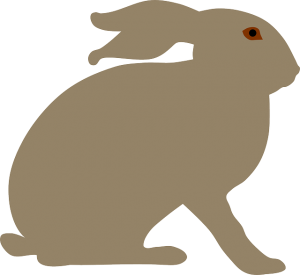


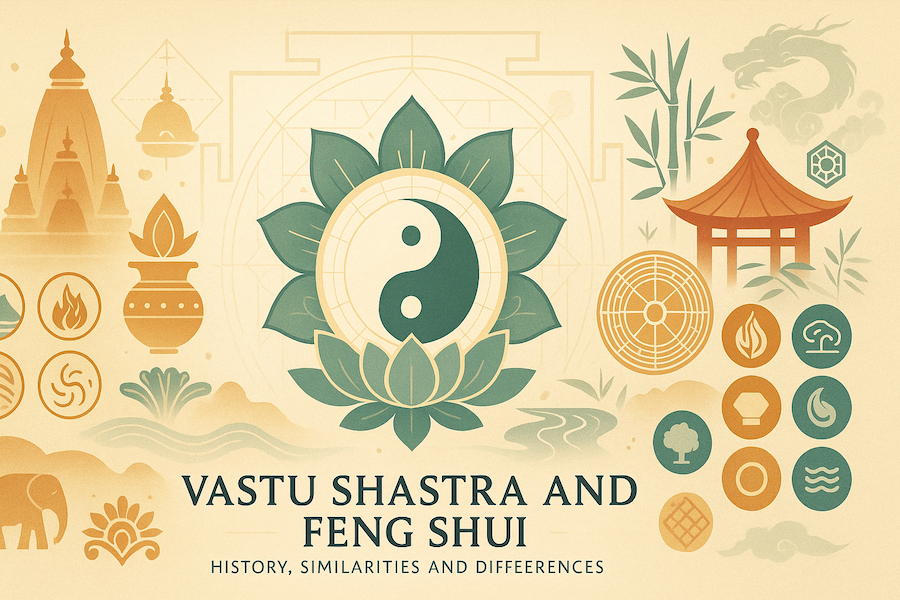




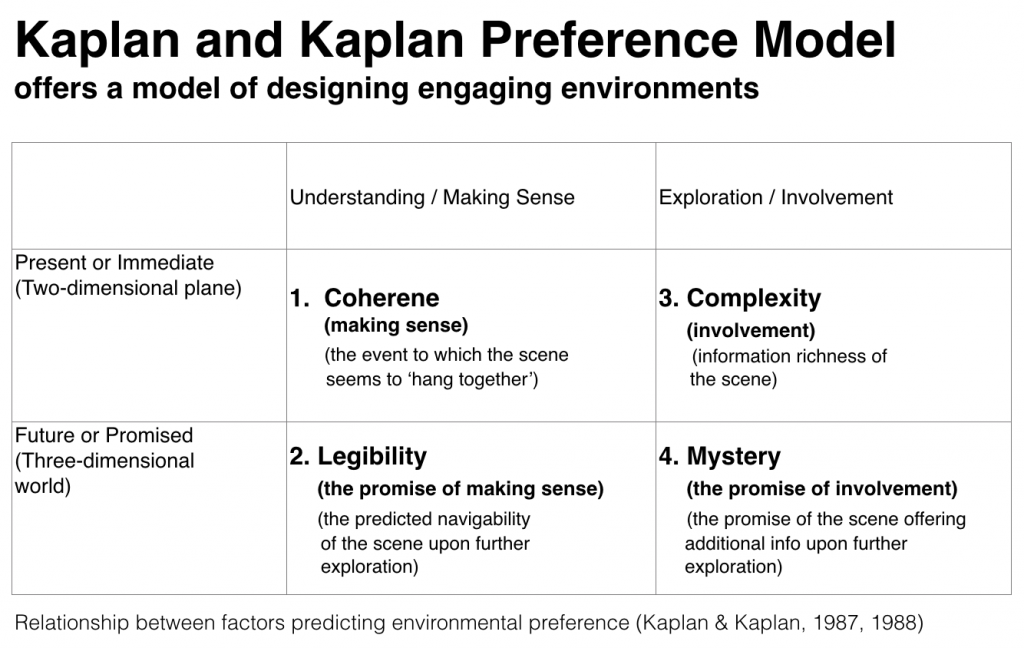

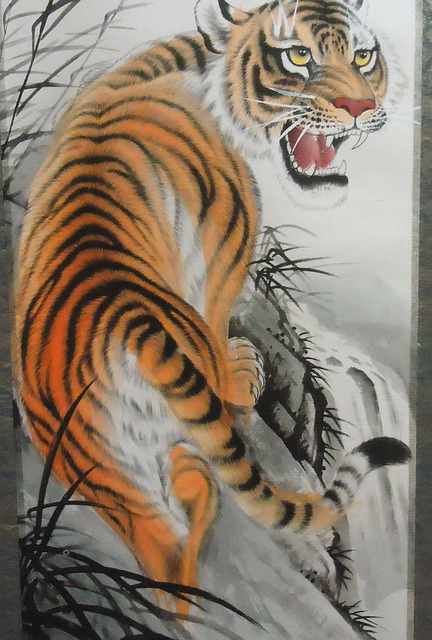

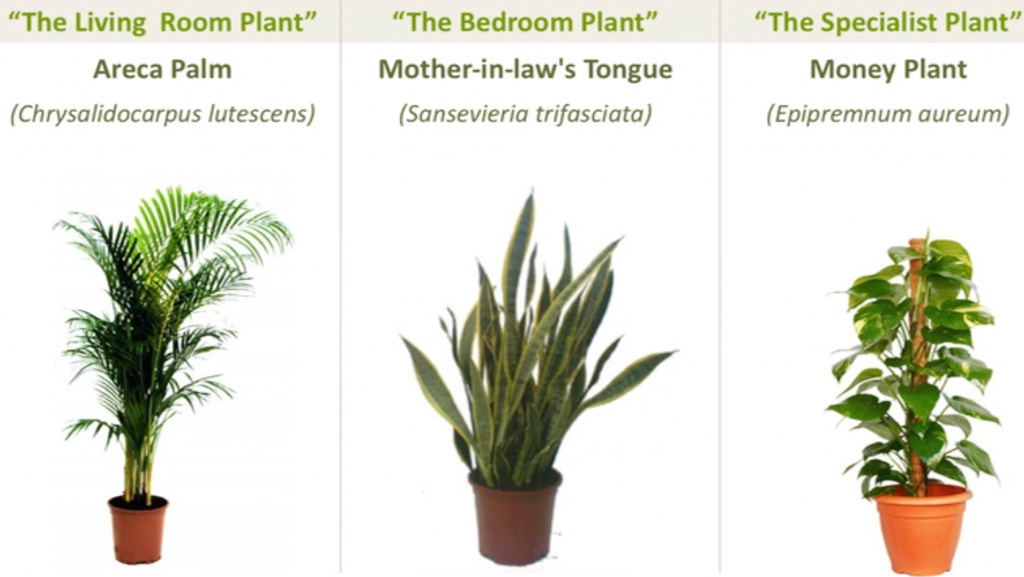
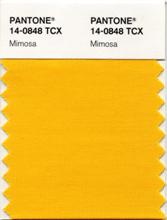
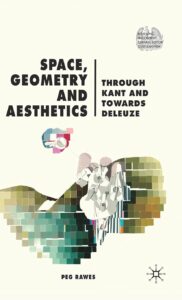

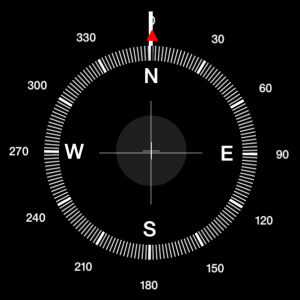


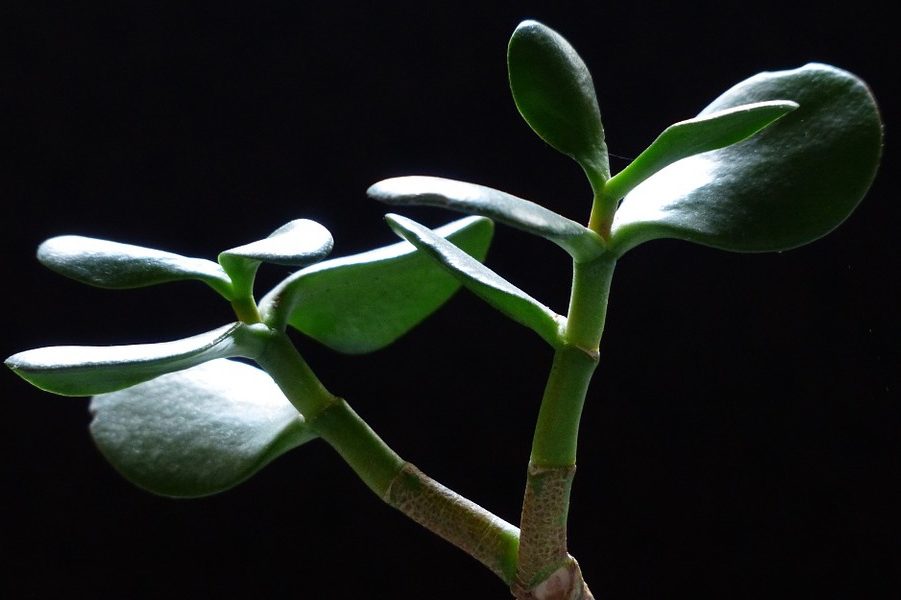
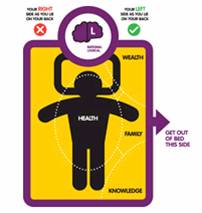
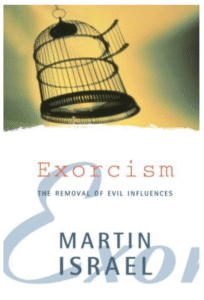



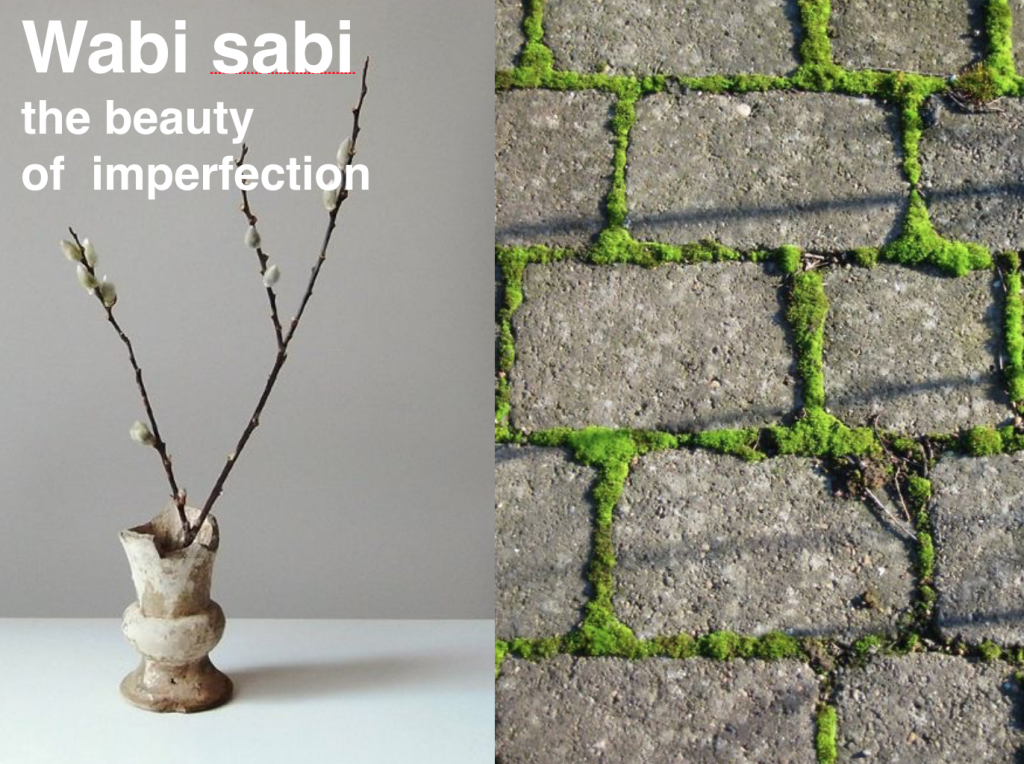
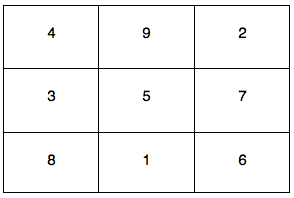
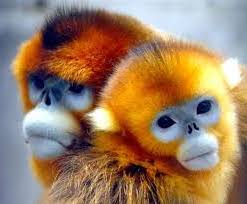
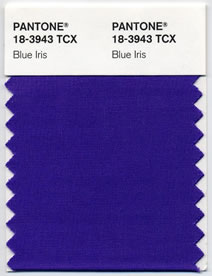
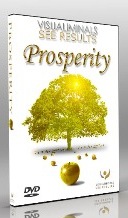
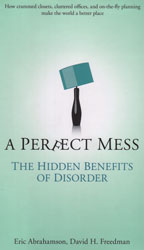

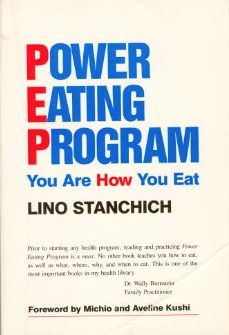
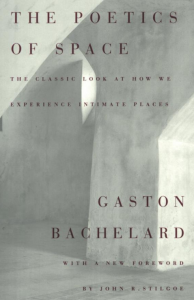

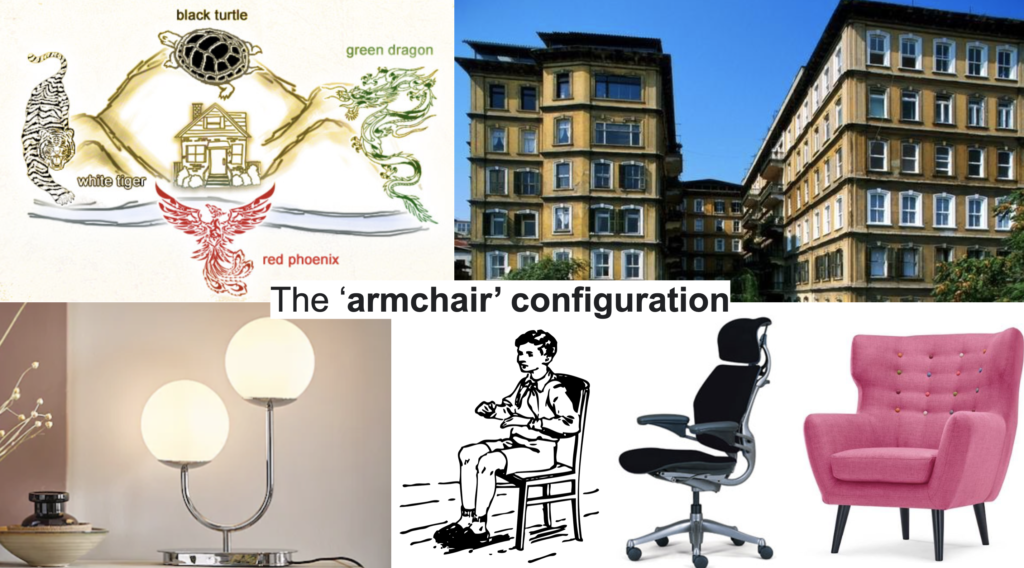


 Feng shui is wind-water
Feng shui is wind-water